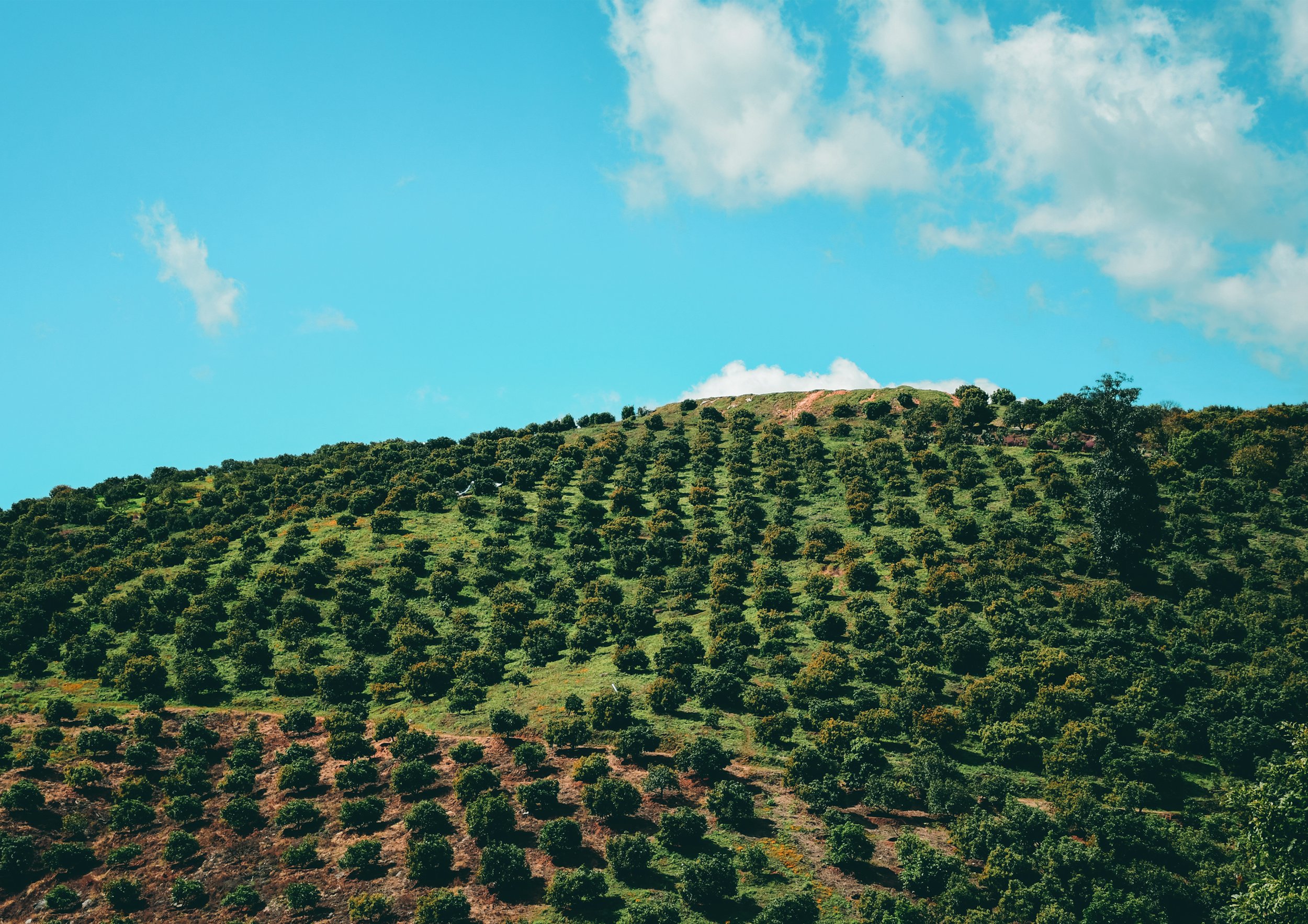
AVO ORO VERDE
Sustainable Orchards, Substantial Returns.
Why invest in avocado orchards?
Investing in avocado orchards offers a unique combination of high returns, resilience, and long-term growth potential. These investments generate income through avocado sales and capital appreciation from rising land values, creating a double-digit, uncorrelated income source. During times of inflation or economic uncertainty, avocado orchards provide robust downside protection, making them an attractive real asset.
The avocado industry stands apart from other agricultural investments due to its exceptional margins. With an average EBITDA margin exceeding 60%, avocado orchards outperform many top S&P 500 companies. This profitability is safeguarded by significant barriers to entry, such as the time-intensive nature of production—taking four years for initial yields and 15 years for full production—and the limited availability of fertile land suitable for avocado cultivation.
This chart highlights the impact of adding farmland to a portfolio, significantly enhancing its efficiency. The higher Sharpe ratio of farmland (1.18 vs. 0.64 for real estate) demonstrates how its lower volatility and stable returns optimize portfolio performance.
This chart demonstrates how farmland provides a more stable return compared to real estate and equities. With a volatility of just 6.61%, farmland outperforms real estate (8.05%) and U.S. equities (17.17%), offering investors lower risk and higher returns.
Reap the rewards of a High-Growth Market
Secure your stake in the thriving aVocado industry today
Investment HIGHLIGHTS
Downside protection
Avocado orchards are resilient to economic and environmental challenges. They withstand extreme weather better than row crops. Coupled with the stability of the consumer staples sector, they are less affected by recessions, providing a reliable investment choice.
Asymmetric upside
Scarcity meets growing demand in the avocado market, creating consistent price increases and high margins. This dynamic supports internal rates of return ranging from 20% to 30%.
Capital Preservation
Investing in real assets like avocado orchards ensures the preservation of capital. These assets remain perpetually productive and serve as a hedge against inflation, particularly during periods of rising commodity prices.
True Diversification
Avocados offer a unique source of diversification, with low correlation to traditional asset classes. Their price inelasticity ensures stable income even during economic downturns.
Superior Cash Flows
Income from avocado orchards stems directly from the sale of avocados. These consistent cash flows provide stability and a layer of protection against market volatility.
INVESTMENT OPPORTUNITIES
A Resilient Market
The avocado market has demonstrated remarkable resilience during global disruptions, such as the COVID-19 pandemic. Unlike many other industries, avocado supply chains remained strong, and demand continued to grow. With governments prioritizing food security, the industry is well-positioned to maintain its strength in the face of future challenges.
Invest in a high-growth, high-margin industry with proven returns. Secure your stake in AVO Oro Verde today.
Featured in
““Investing in avocados is not just lucrative, but also a way to support sustainable farming.””
““Investing in AVO Oro Verde is a way to align your financial goals with sustainability and social responsibility.”
”










